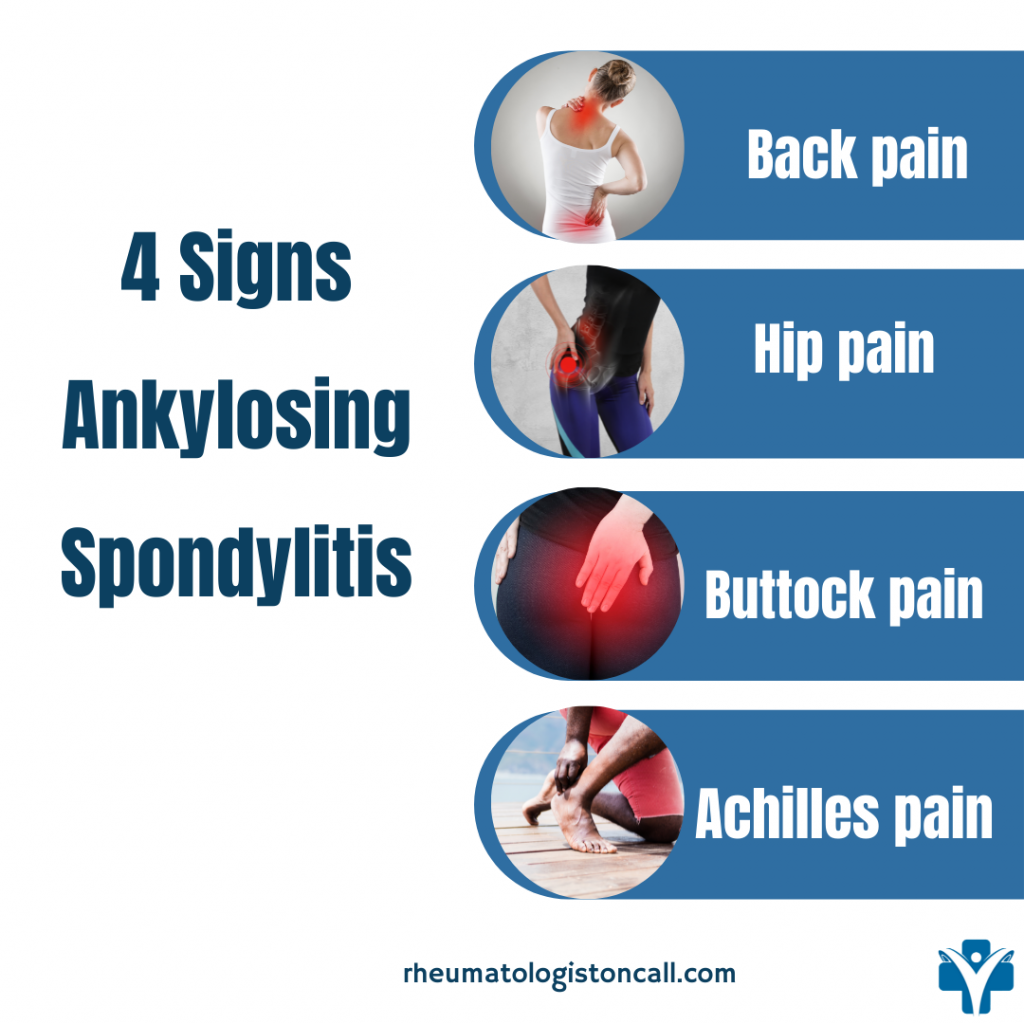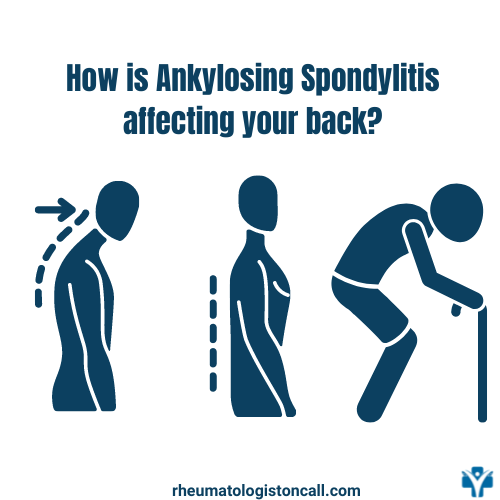SHARE
Are you suffering from ankylosing spondylitis? What are the best exercises to move better with ankylosing spondylitis? We know how hard it is for you to move when you wake up in the morning. Here will learn about the most essential exercises to help you move better.
What is Ankylosing spondylitis?
Ankylosing spondylitis can be a very disabling disease. It is an inflammatory disease of the spine that sometimes can affect the peripheral joints and potentially other organs. Mornings are tough for patients with ankylosing spondylitis. Patients are frequently tossing in bed at nighttime due to back pain and stiffness.
What are the most common symptoms of Ankylosing spondylitis?
Ankylosing spondylitis primarily affects young adults, more males than females. Usually, the patients are under 45 years old and have had persistent back pain for at least three months. The disease can affect different back parts (neck, thoracic or lumbar spine). Still, it can also affect the sacroiliac joints and hips. Many patients will experience pain in the buttock area and pain that alternates from one hip to the other one.

Some patients also have pain in other joints, like shoulders, wrists, knees, or ankles. Pain in the feet and Achilles tendons is also common. Ankylosing spondylitis can cause inflammation in the eyes (called uveitis) and gut inflammation.
How can you improve posture in the early stages of the disease?
The disease can rapidly cause changes in posture that, in time, become permanent. What can be done to prevent or improve the posture?
Dr. Melissa Koehl, a very experienced Physical Therapist, and Pilates instructor says, “spinal movements like cat/cow, open book, and supine lower trunk rotation are recommended to mobilize the spine without much compression through the joints. Planks, bird dog, and bridging variations are great ways to start working on core and posterior chain strength (see pictures attached). It’s also important to include functional full body strengthening exercises like squats, deadlift, and overhead pressing. This is important because it trains your postural muscles in the functional way you use them during daily activities”.
Plank
Open Book 1
Open Book 2
Cat Cow 1
Bird Dog
lower trunk rotation
Bridge
How is Ankylosing spondylitis affecting your spine?
Unfortunately, patients who are not diagnosed in time or postpone the treatment will develop postural abnormalities. Initially, there will be straightening of the cervical or lumbar spine, loss of curvature, and decreased mobility, especially for rotating motion. If the cervical spine is affected, patients will have difficulty driving a car as they can’t turn their heads. In time, especially in the first ten years of the disease, about 40 % of patients that are not treated develop hyperkyphosis (hunchback).

This is caused by wedging of the thoracic vertebrae. In very advanced cases, patients may develop a “stooped” posture due to neck deformities, thoracic hyperkyphosis, loss of normal lumbar lordosis, and flexion deformities of the hips.
What are five exercises that will help you every day?
Dr. Melissa Koehl recommends “to plan brief but frequent movement “snacks” during the day for 3-5 min every 20-30 min” to avoid stiffness. During your movement “snack”, move your entire body in a variety of ways to increase the circulation to the whole body and improve lubrication of the joints.
Movement snack idea: 5-10 reps of each
- Stand up and sit down
- Reach overhead
- Standing spinal twists
- Standing side bends
- Standing heel raises.”
How can you prevent changes in posture if you have ankylosing spondylitis?
First, getting a correct diagnosis and starting treatment in time is essential. If you are under 45 years old and have had back pain for more than 3 months, ask to be evaluated by a rheumatologist. Second, do not wait in pain and start treatment as soon as diagnosed. Chronic inflammation can cause spine deformities and affect other organs, such as your heart. Third, you must incorporate exercise and physical therapy in your treatment plan. Dr. Melissa Kohl is recommending a routine exercise routine to include something from each category:
Strength: Progressive resistance exercises to build the strength of the large muscle groups. Gradually increase weight, reps over time to continue building strength.
Aerobic: like walking, swimming, elliptical, or rowing
Mobility: Pilates, Yoga, or Tai Chi.
Despite having a chronic disease, if you have a better understanding of things you could do to help yourself, you will have a better outcome and quality of life. Navigating the medical system these days can be very challenging. Your journey will be easier if you have the proper medical support, education, and a true advocate.














